When it comes to the different kinds of chocolate, there are nearly endless options. From dark chocolate to ruby chocolate, the amount of variety when it comes to the taste, texture and appearance of different kinds of bars is both impressive and a little intimidating.
In this blog, we’ll explain all the major kinds of chocolate and what makes them different from each other, so in no time you’ll have the knowledge you need to pick out the perfect bar for you or someone else.
We’ll start with the most simple kind of chocolate out there: dark chocolate.
Dark chocolate
To be clear, when we say simple we mean in terms of ingredients, not taste. Dark chocolate can have a range of full-bodiedand complex flavors, but we’re getting a bit ahead of ourselves.
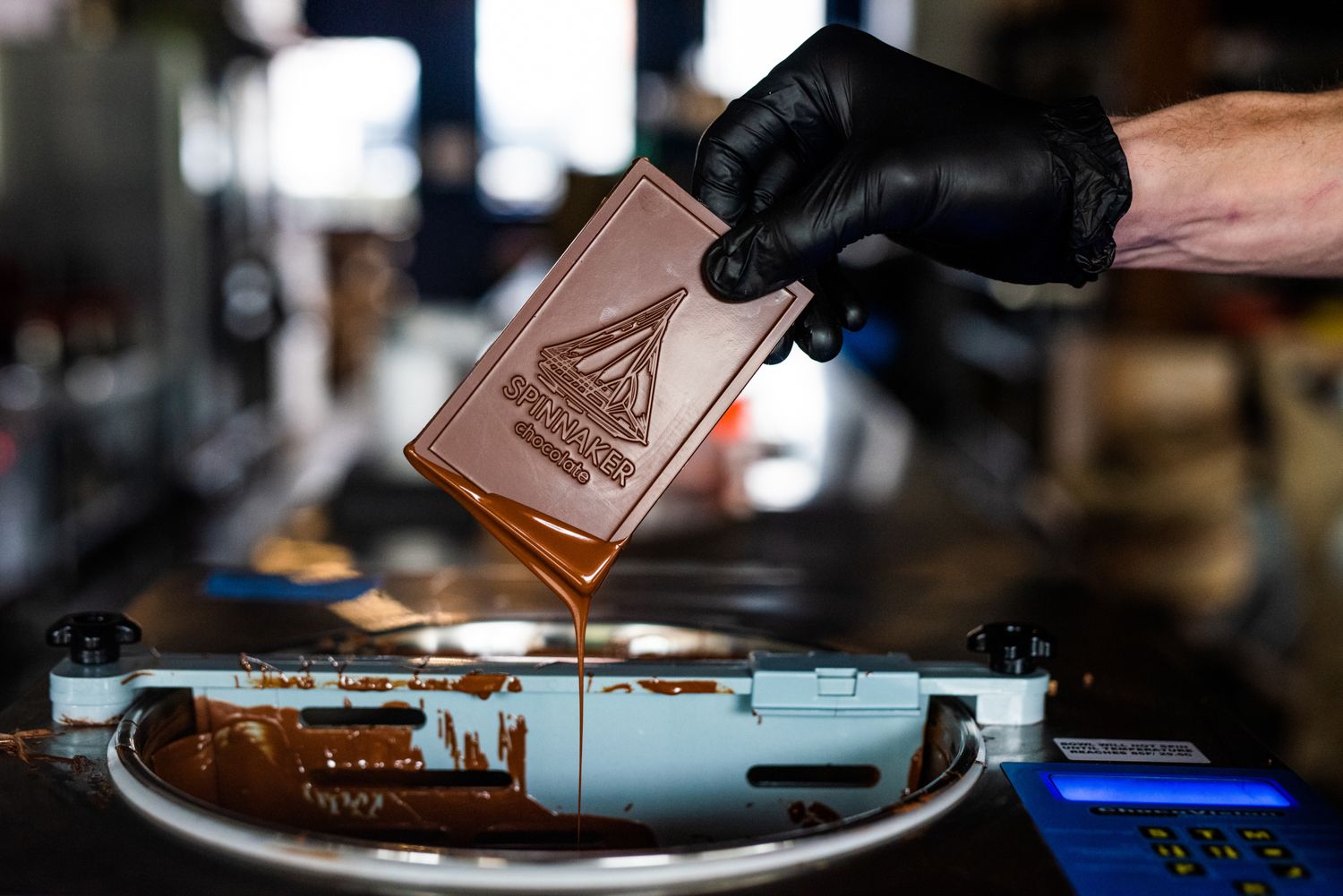
To make dark chocolate, you only need three ingredients: cocoa nibs, cocoa butter and sugar.
Cocoa nibs come from the inside of cocoa beans, and they contain fat that can be extracted by grinding and pressing the nibs.(1) This fat is called, unsurprisingly, cocoa butter, and it’s what allows chocolate to flow smoothly in your mouth.
Combining cocoa butter with finely ground nibs and sugar gives you a mixture that, after a few extra steps, comes out as a bar of dark chocolate.
According to the FDA, “sweet chocolate” (a category that includes dark chocolate) must be at least 15% cocoa solids by weight, and can be no more than 12% milk solids by weight. In practice, however, most chocolate that is marketed as dark will be at least 60-70% cocoa or cacao by weight.
As we alluded to earlier, dark chocolates can have some complex flavors.
Since they have the most cocoa products of any kind of chocolate, they taste the most ‘chocolatey,’ giving you the best chance to taste all the flavors brought out by the production process that transformed cacao beans into a chocolate bar.
The tradeoff for these stronger cocoa flavors is less sugar, so dark chocolate is not overly sweet. If you have a real sweet tooth, milk chocolate will probably be among your favorites.
Milk chocolate
As the name suggests, milk chocolate has milk in it, although it’s not the same as the milk you would find in your fridge.
High moisture is one of the enemies of a good bar of chocolate. The ideal moisture content for milk chocolate is between 0.5% and 1.5% by weight.(2) If chocolate has much more water in it than this, its taste, color and texture can all suffer.
A carton of milk, on the other hand, is almost 90% water, so adding that right to liquid chocolate would give you a bar that would be, frankly, pretty gross.
Gross chocolate doesn’t sell too well, so chocolate-makers need to use a low-moisture form of milk to get the creamy taste of milk chocolate without all that water. For most manufacturers, that means using either milk powder or something called milk crumb.
Milk powder is exactly what it sounds like: milk that’s had most of the water removed through evaporation, leaving a powder with no more than 5% moisture by weight.
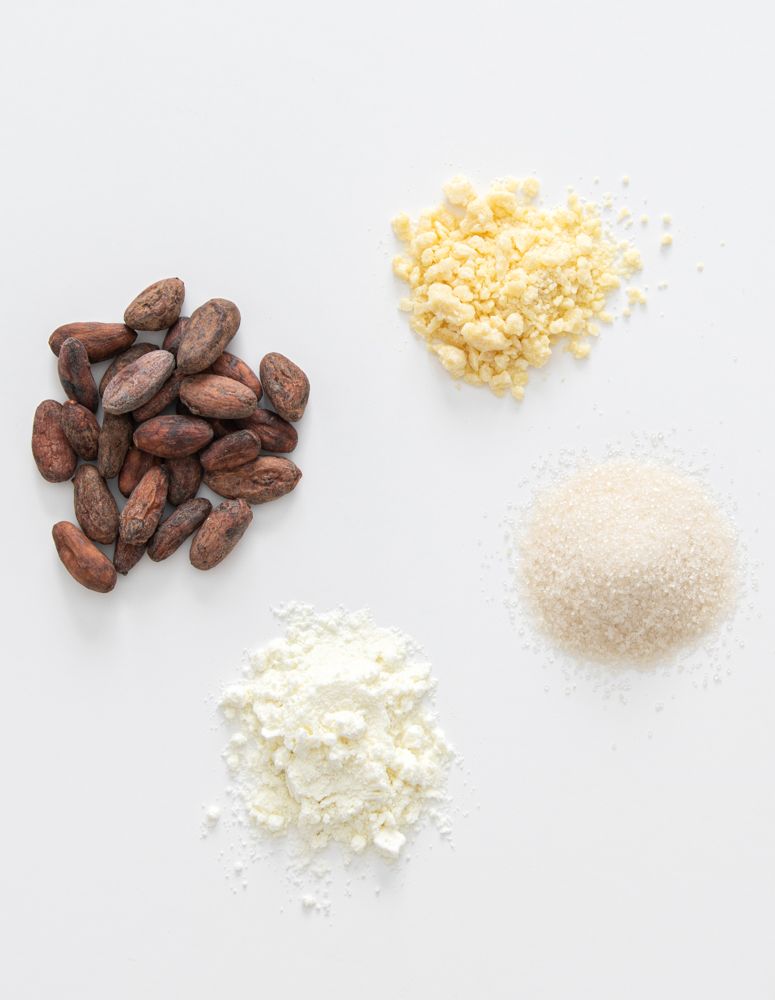
What’s milk crumb?
Milk crumb is similar, but to make it, manufacturers partially evaporate liquid milk, then mix the condensed product with chocolate liquor and further dry that mixture.(3)
The origins of milk crumb go back to the UK in the early 20th century, when chocolate-makers were wrestling with the problem of how to make milk chocolate during the Christmas season. Fresh milk wasn’t readily available during the winter, and its short shelf life meant long-term storage wasn’t an option.
Some of the antioxidants in cocoa solids, however, keep milk fat from spoiling quickly when the two are mixed together, so UK manufacturers started using milk crumb in their milk chocolate.(4)
Chocolate made using milk crumb often tastes creamier and has more caramel flavors than chocolate made using milk powder, which is why milk chocolate made in the UK (where milk crumb is still a more popular ingredient in chocolate than milk powder) has a distinctive taste.
No matter whether manufacturers use milk powder or crumb, the milk products are mixed with cocoa butter, cocoa solids, sugar and any additives before the liquid chocolate is conched. Depending on the specific process used, the milk and sugar may be milled before or after being mixed with the other ingredients.(5)
The FDA defines milk chocolate fairly loosely, stipulating only that it has to contain at least 10% chocolate liquor by weight and at least 12% milk solids.
Dark milk chocolate
Now there are obviously people who are diehard dark chocolate or milk chocolate fans, but what about people who like the stronger cocoa flavors of dark chocolate, but also like the sweeter, creamier taste of milk chocolate?
Blending those flavors is exactly what a dark milk chocolate does. These chocolates contain at least 12% milk solids, but well over 10% chocolate liquor, meeting the definition for a milk chocolate, but with much stronger cocoa flavors than a traditional milk chocolate.
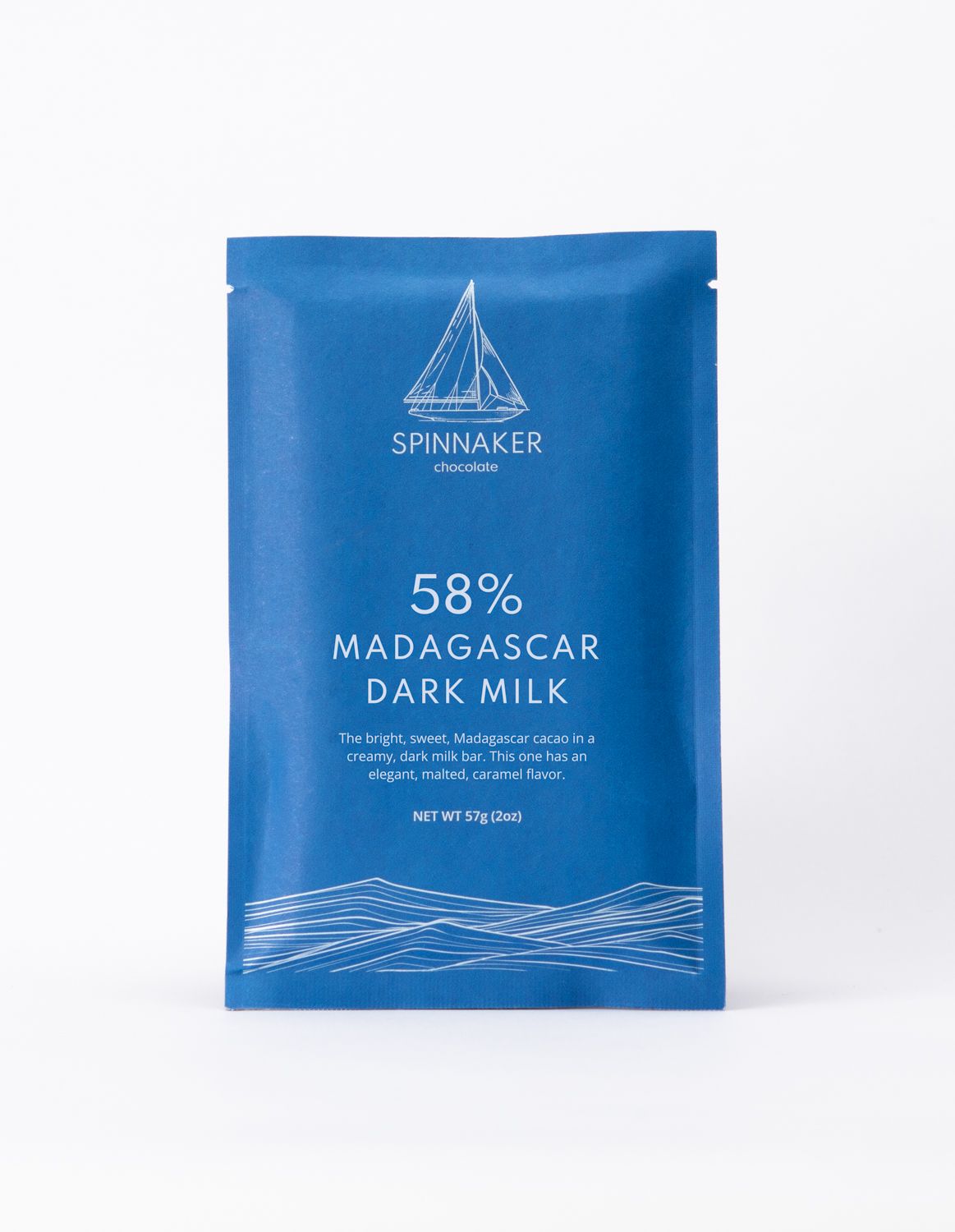
There’s no hard and fast rule for exactly how much cocoa a bar needs to have to make it a dark milk bar, however.
Regular milk chocolate bars are usually 25-40% cocoa solids, although some craft chocolate-makers have milk chocolates that contain more cocoa. In terms of consistency, then, it makes more sense to compare cocoa content within brands, not necessarily between them.
Within a brand’s product line, regardless of the exact cocoa percentage, a dark milk bar will have more cocoa, and hence, stronger chocolate flavors, than a regular milk bar.
White chocolate
White chocolate has a bit of a misleading name, because it doesn't actually contain any cocoa solids.
The three basic ingredients in it are cocoa butter, milk solids and sugar. It’s made in a similar way to other kinds of chocolate, just without the cocoa solids.
This chocolate-adjacent treat purportedly originated in 1936 when Swiss chocolate-maker Nestlé was in search of a way to use up surplus milk powder left over from World War I.
Ruby chocolate
The newest kind of chocolate (the FDA only gave it a temporary permit for market testing in November 2019) to make an appearance is ruby chocolate — which gets its name from its naturally pink color.
Despite the public fanfare that followed its release, many of the details about ruby chocolate are a mystery. It’s produced exclusively by Swiss chocolate manufacturer Barry Callebaut, and the company won’t disclose exactly how they make chocolate with such a distinctive color.
What we do know about ruby chocolate is that its distinctive color comes from the unique kind of cacao beans that are used to make it. According to the temporary FDA permit, ruby chocolate contains at least 1.5 percent cocoa solids, at least 20 percent cocoa fat and at least 12 percent milk solids.
This relatively low level of cocoa solids means that ruby chocolate has a less pronounced cocoa flavor than dark or milk chocolate. Instead, it has a berry-like flavor that some have likened to a fruity white chocolate.
Something for everyone
Given that the basic ingredients in chocolate are so simple, there’s an astounding amount of variety out there when it comes to choosing a chocolate bar.
If you’re looking for something with the strongest chocolate flavor, dark is the way to go. For a sweeter, creamier chocolate, look for a milk bar. To get the best of both these worlds, grab a dark milk bar, which combines the cocoa flavors of dark chocolate with the creaminess of milk chocolate.
If cocoa-forward flavors aren’t your thing, white chocolate or ruby chocolate might be a better choice. Since these chocolates don’t contain as much cocoa, they’re generally much sweeter, and in the case of ruby chocolate, fruitier, than other chocolates.
No matter what your tastes are, when it comes to chocolate, there’s something for everyone.
(1) Beckett, Stephen T. The Science of Chocolate. Croydon: Royal Society of Chemistry, 2008, 55-7.
(2) Minifie, Bernard W. Chocolate, Cocoa and Confectionery: Science and Technology. New York, New York: Van Nostrand Reinhold, 1989, 143.
(3) Minifie, 144-5.
(4) Beckett, 7-8.
(5) Beckett, 61-2.

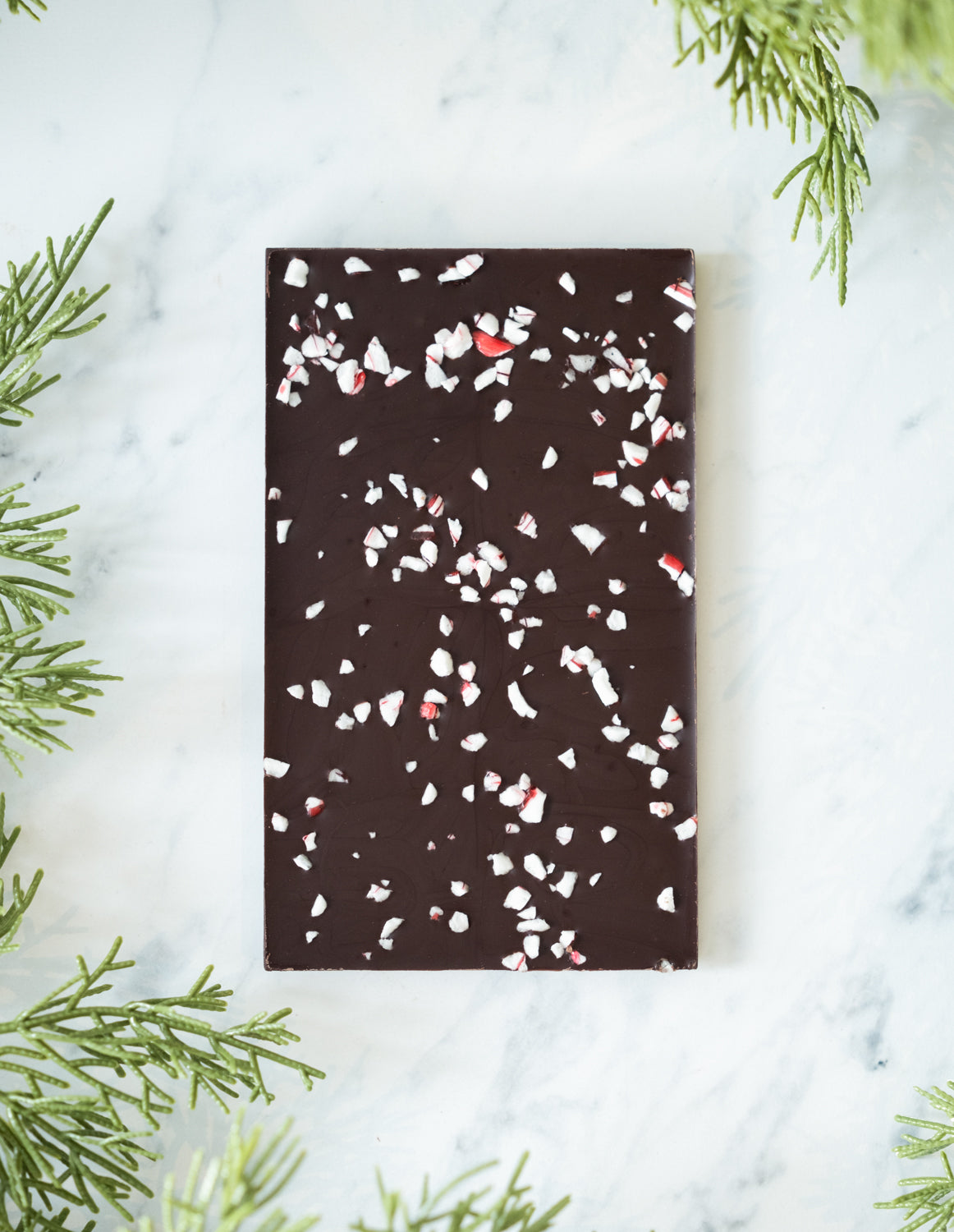


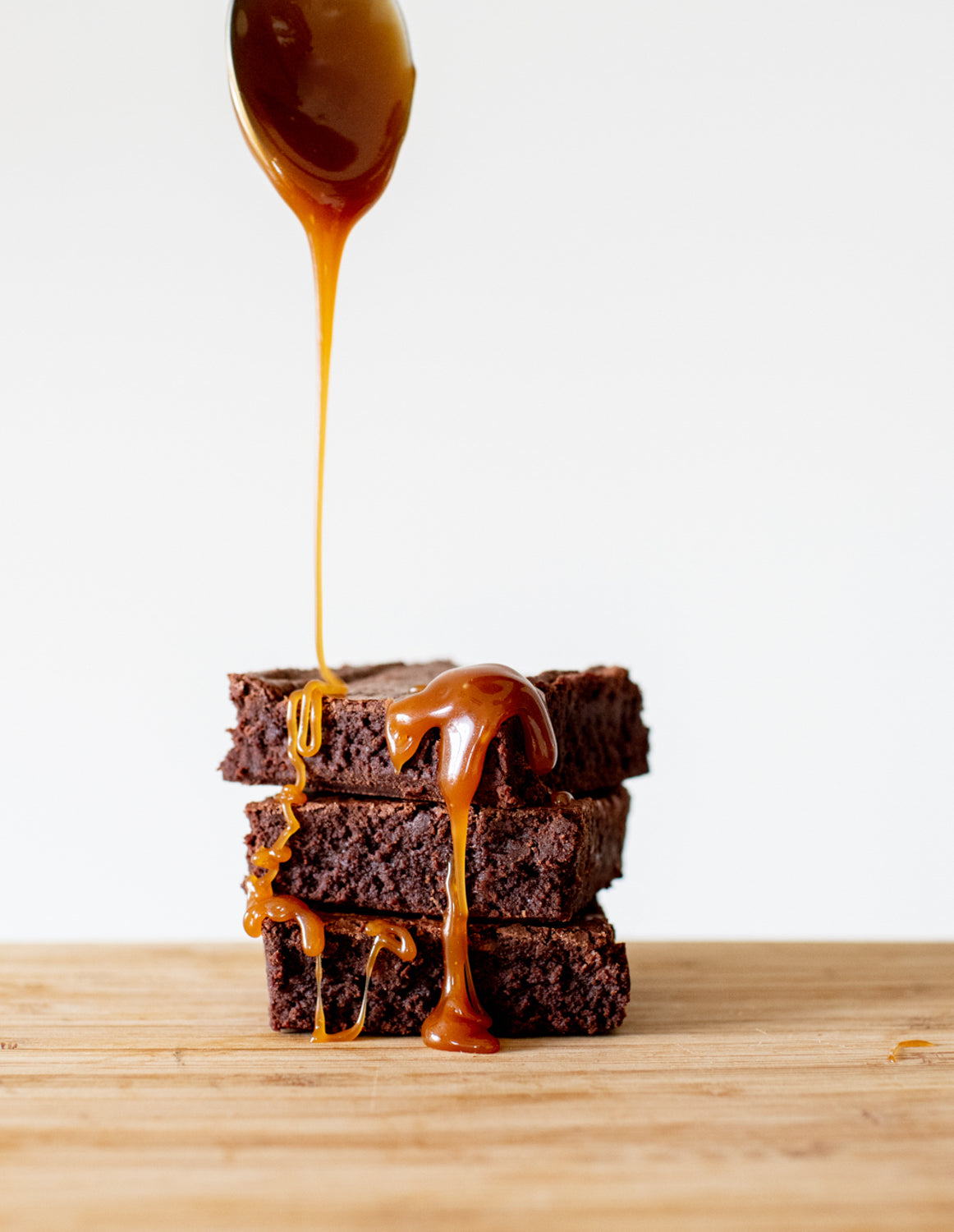
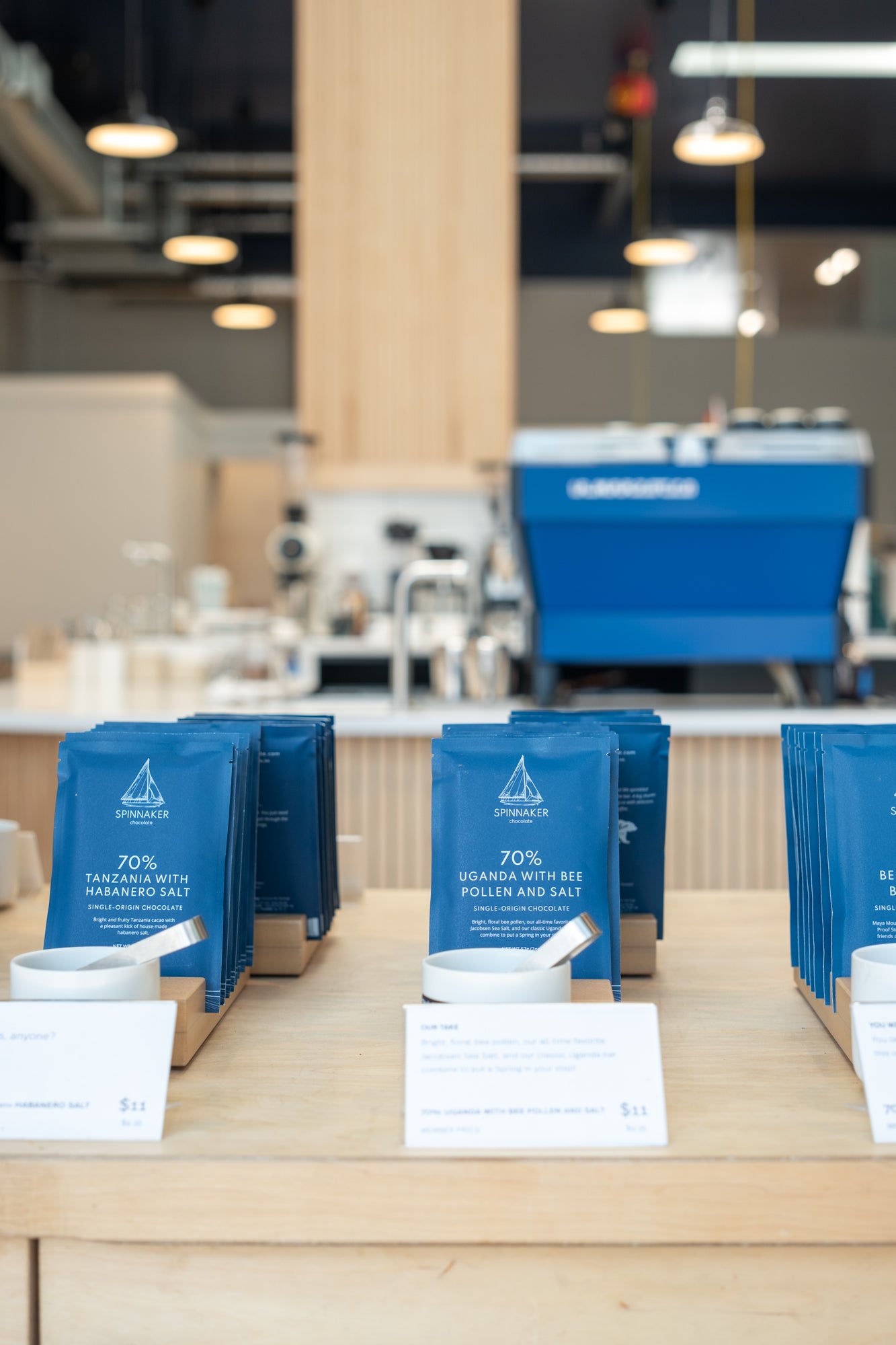

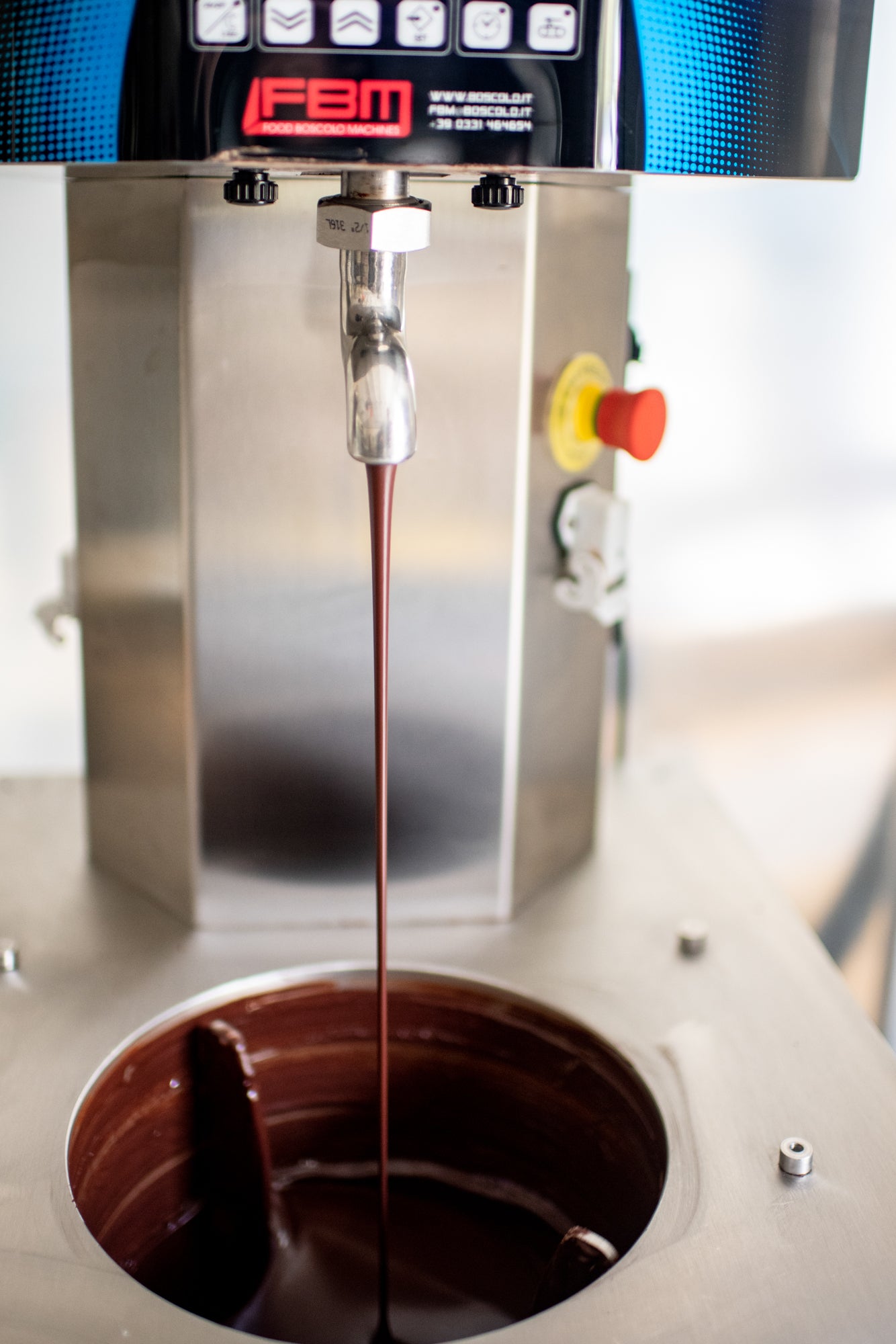
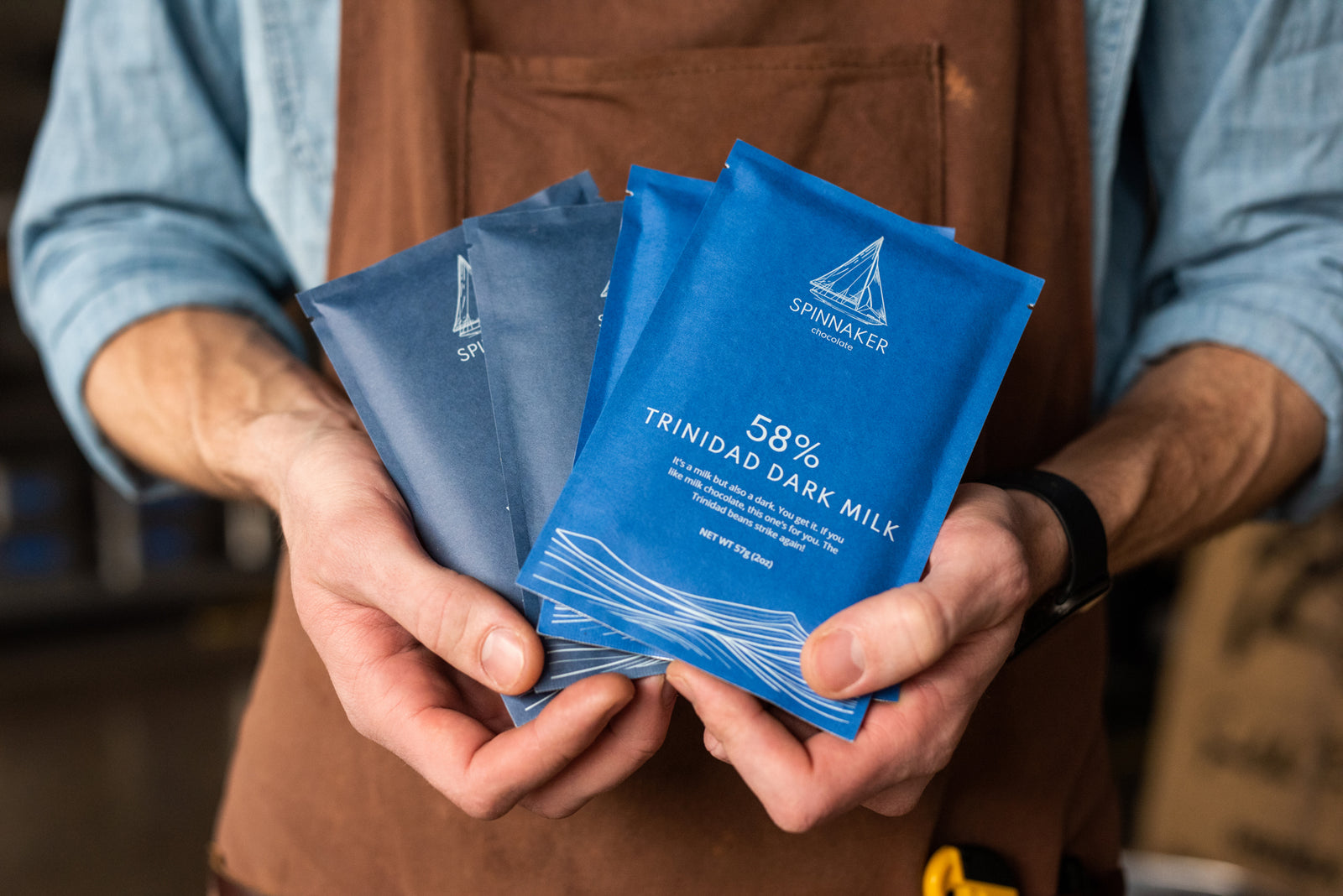

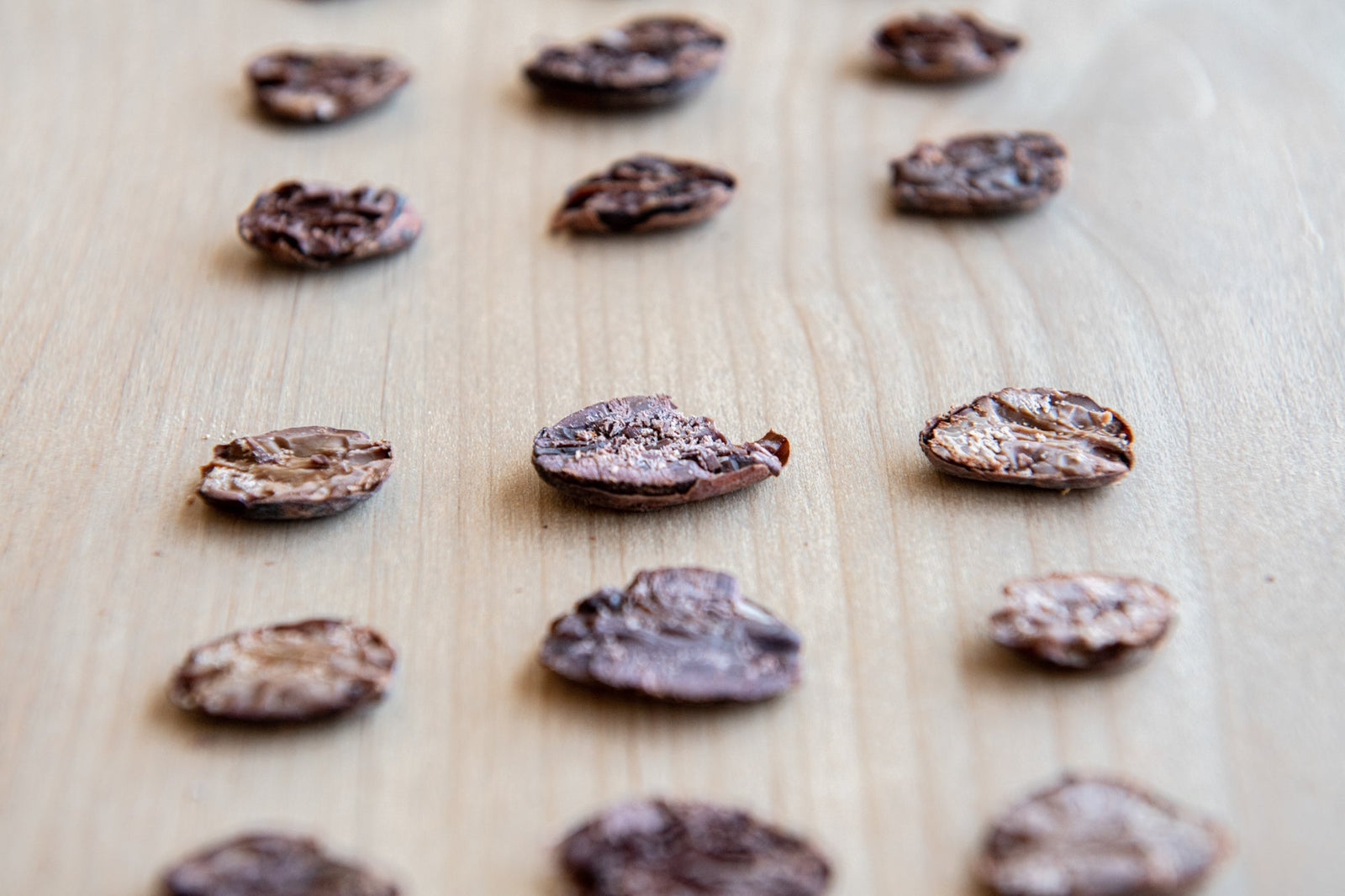
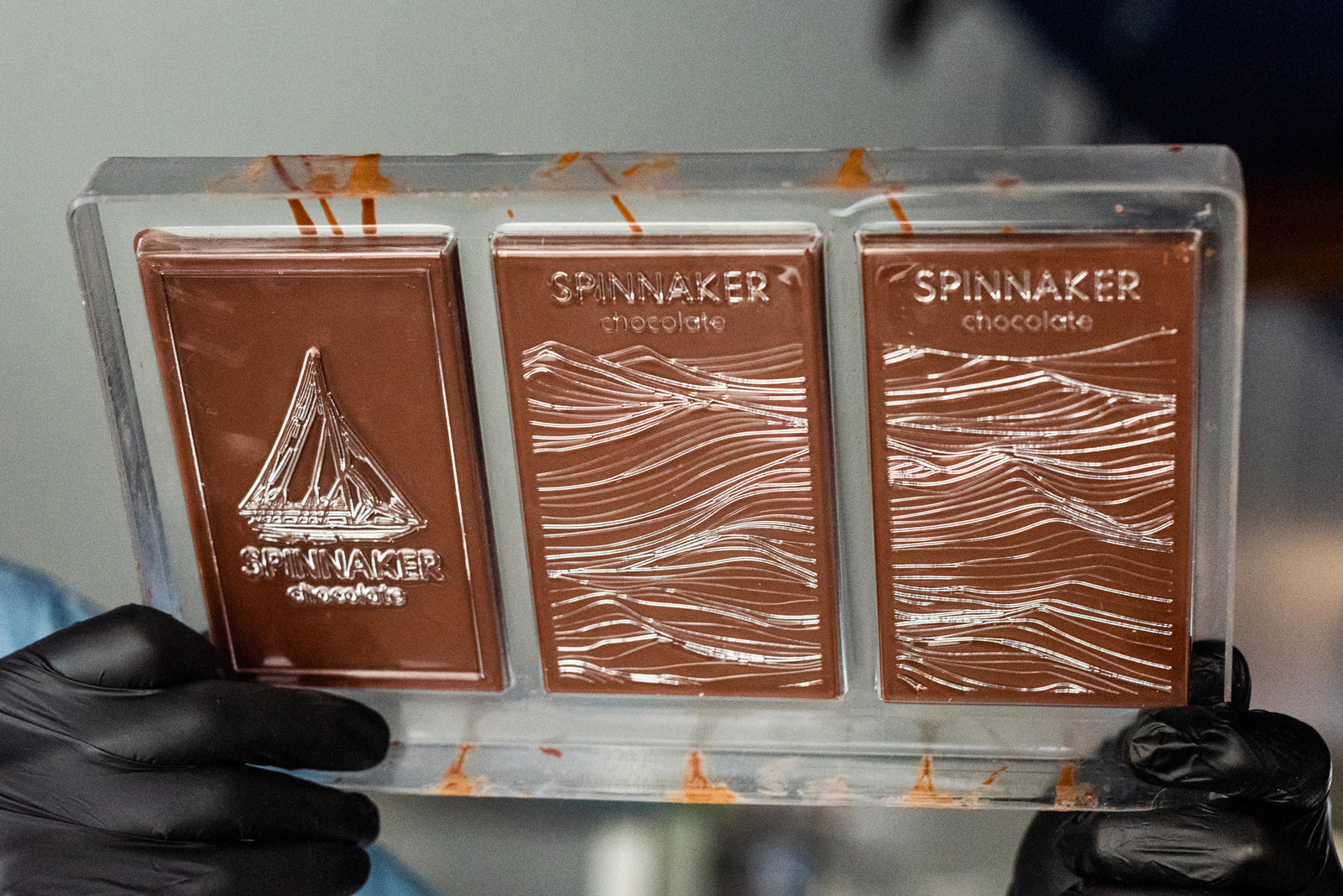
Leave a comment (all fields required)